We reacquaint ourselves with the highly lauded Toyota GR Yaris a year after the performance hatch was introduced into the local market.
Toyota South Africa introduced one of the hottest hatchbacks of recent times into the SA market about this time last year. The GR Yaris was welcomed by performance enthusiasts, all keen to see if the little car lived up to the hype it had garnered abroad.
We attended the national ride and drive event in Johannesburg and surrounds. We came away from the road drive and track time with a very favourable impression. The car was even better than we expected. However, launch events are tailored to highlight a car’s strengths and gloss over its weaknesses.
So how would the Toyota GR Yaris fare out in the world, away from the smooth tar of a track or open highways and byways. It’s the question we sought to answer when we spent a few days with the rally rep down in the Cape, exploring some of our favourite roads.
Follow Double Apex on Instagram and Facebook where we share more car content.
Little Packages
The Toyota GR Yaris is a prime example of dynamite coming in little packages. The headline figures are impressive when you consider the source. Peak power is rated as 198 kW along with 360 N.m of twist. The numbers are comparable with most hot hatches these days.
However, the G16E-GTS engine produces these figures from just 1,6 litres and three cylinders. The three-pot design was chosen, in part, to reduce mass. Bucking the trend again, Toyota fits the GR exclusively with a six-speed manual transmission while most automakers have moved to automated alternatives. And it is relatively light weight, at about 1,3 tons, compared with most rivals.
The straight line performance numbers aren’t wholly impressive, but if you measure your life a quarter mile at a time, this car is probably not for you. Official stats say the pocket rocket can sprint from 0-100 km/h in 5,5 seconds and has an electronically limited top speed of 230 km/h.
Click here to read about the Toyota GR Corolla Hatch that shares its engine with the Yaris.
Single Variant
A very small allocation of units made it into the country when the GR Yaris was introduced last year. They were divided into two types: Rally and regular versions. Demand for the model led Toyota SA to bring in a second batch of units. This time they are all of the Rally variant.
This means Torsen limited-slip differentials on both axles, performance-tuned suspension, revised power-steering calibration and 18-inch BBS forged alloy wheels shod with Michelin Pilot Sport 4S tyres. You know, all the good stuff. But how does it translate on the road, we hear you ask.
Great Drives
There are great roads and there are great cars, but great drives come from a combination of the two. You wouldn’t take a Bugatti Veyron on a rally stage and wonder why you are disappointed. In the same way you shouldn’t take the GR Yaris on an open-road blast and expect to be delighted.
Thankfully there are an abundance of roads on the Cape Peninsula that are ideally suited to this car’s strengths. Most would make ideal stages in my wishful WRC SA event. Over the course of a few days we tried many of them.
Fun Factor 11
The Chapman’s Coastal blast, the Redhill Mountain charge, the Simon’s Town sprint, the Cecilia Forest night stage and other, similar pieces of tar, is where the GR excels. A dense corner count and tight radii is what this car was built for. The AWD system coupled with a short wheelbase makes for very rapid progress. There is almost no understeer as the LSDs work in unison to apportion torque across each axle, and aid to turn the car around its vertical axis.
In normal running torque is split 60:40 front to rear. That changes depending on the mode you choose. Sport is 30:70 and Track 50:50. So you get to choose the system’s response – great! There is a playfulness in the set-up that one usually does not experience in an AWD machine. Most feel tied down and eschew the fun factor, but not the GR Yaris.
A Real Driver’s Machine
Rowing up and down the heavy, mechanical-feeling shifter is a real treat, often missed from modern performance cars. The addition of a third pedal also allows one to practice the lost art of rev-matching, or heel-toe as some prefer. There is a switch that lets the ECU do the job, but if you have to activate it this car isn’t really for you.
Interestingly, the GR Yaris is one of those rare cars that lets the driver left-foot brake. It’s handy for those who prefer this driving technique. Most car’s ECUs will reduce power if the whoa and go pedals are depressed at the same time. But not this Yaris. Oh, and there’s a mechanical turnin… er, handbrake. Toyota was not messing around with it either. Yank the lever and drive is disconnected from the rear wheels to whip the tail around quicker.
Click here to read about the manual GR Supra that is coming to SA.
Real Character
While thoroughly engaged in the driving experience, it is easy to overlook the powerplant sited between the front wheels. The turbocharged triple has oodles of character. It has a boosty nature and builds plenty of charge pressure from about 3 000 r/min. But it really gets going north of 4 000. The charge from there to the redline is relentless and can catch you out the first few times.
Although the soundtrack is enhanced, it is still entertaining. The off-beat thrum of the engine makes it sounds similar to a little Porsche 911. The ball-bearing turbo sounds as though it is shredding air and there’s a sneaky wastegate sneeze when you shut the gas.
It’s also worth noting that there is a soldity to the package that feels as though the GR Yaris will take a beating for many years to come. The extra strengthening of the body shell, the robust gear shift action and hydraulically mounted motor give it the mechanical feel of a Nissan GT-R.
Gripes
We really did give the GR Yaris a good workout. During that time a few small gripes came to our attention. The steering, while laser sharp, lacks proper feel. It has a nice meaty action but you cannot rely on it to accurately convey front-end grip levels. The brakes are extremely strong, and fade free, but they lack proper progression. You stomp and they work, which is great when you are at maximum attack, not so much between rally sta, er… twisty sections of road.
Summary
We are extremely glad to report that those initial favourable impressions of the Toyota GR Yaris we formed a year ago still hold true. If anything, they are even stronger now. This boisterous little car is an absolute riot to drive. This could well be the most entertaining Toyota road car we’ve ever driven.
From the noises it makes to the way it feeds back through the high-bolstered seats, you can tell that the GR Yaris was engineered by those who place driving pleasure first and foremost. And for that, Toyota should be lauded.
Model: Toyota GR Yaris
Price: R761 200
Engine: 1,6-litre inline three, turbocharged
Transmission: six-speed manual, AWD
Max power: 198 kW
Max torque: 360 N.m
0-100 km/h: 5,5 seconds
Top speed: 230 km/h
Fuel consumption: 7,6 L/100 km

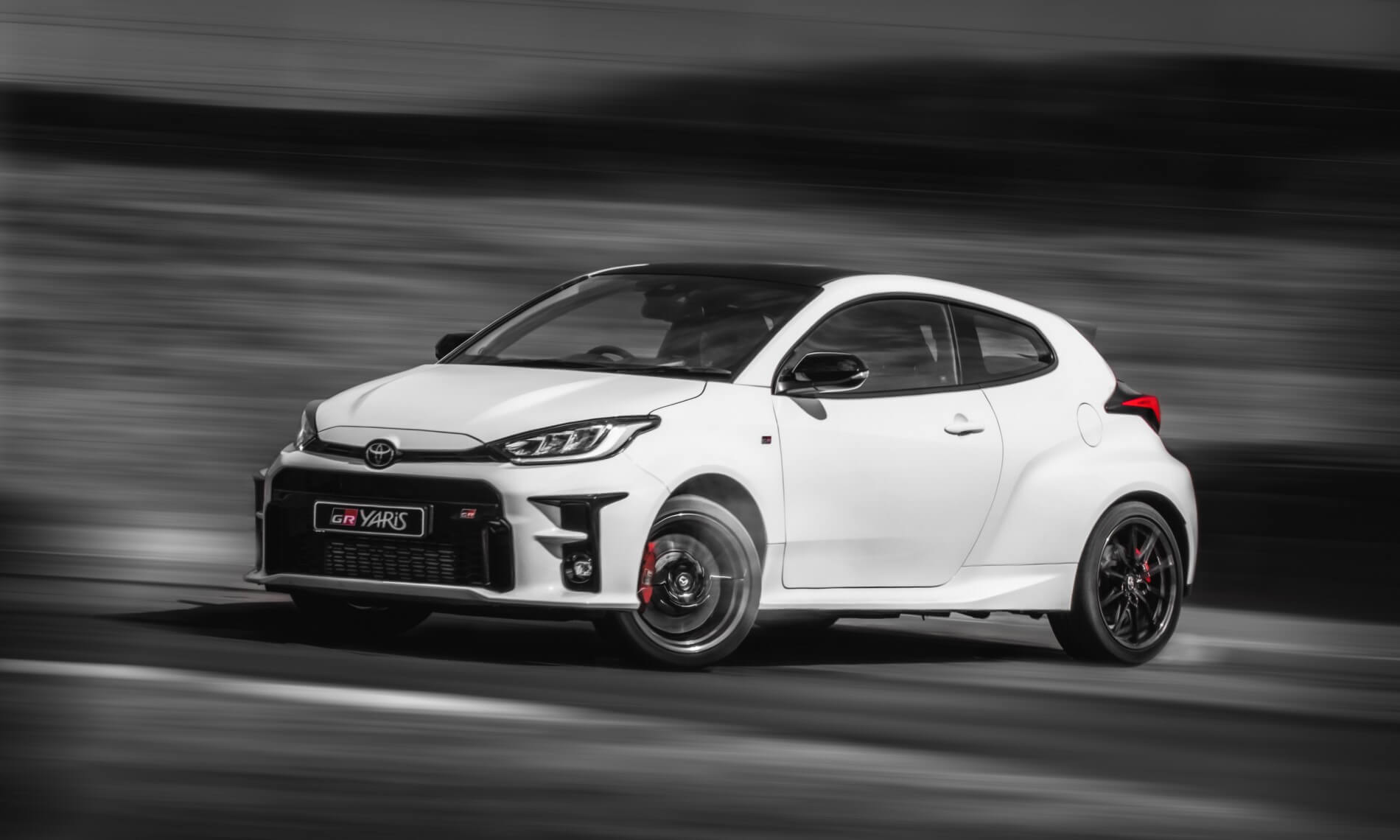

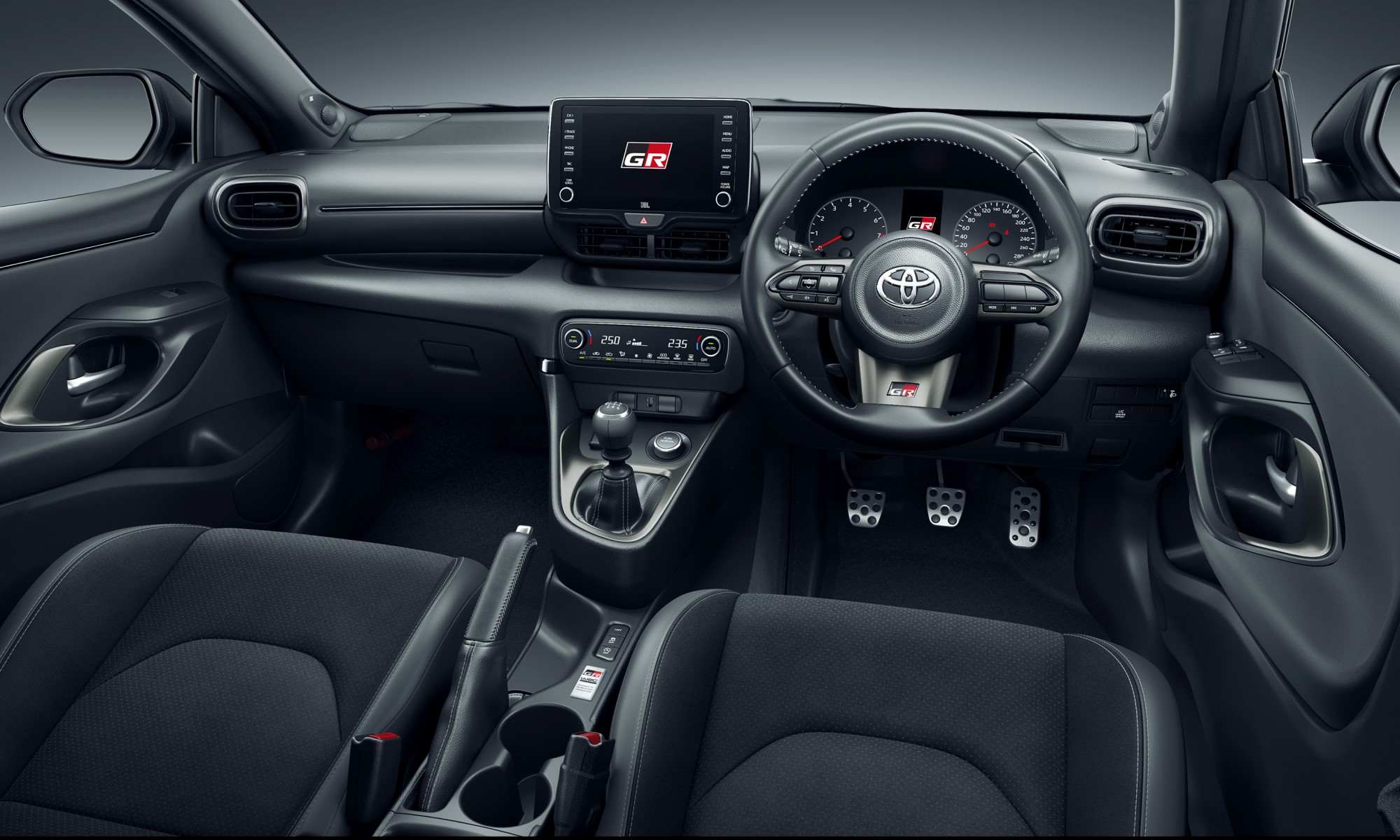
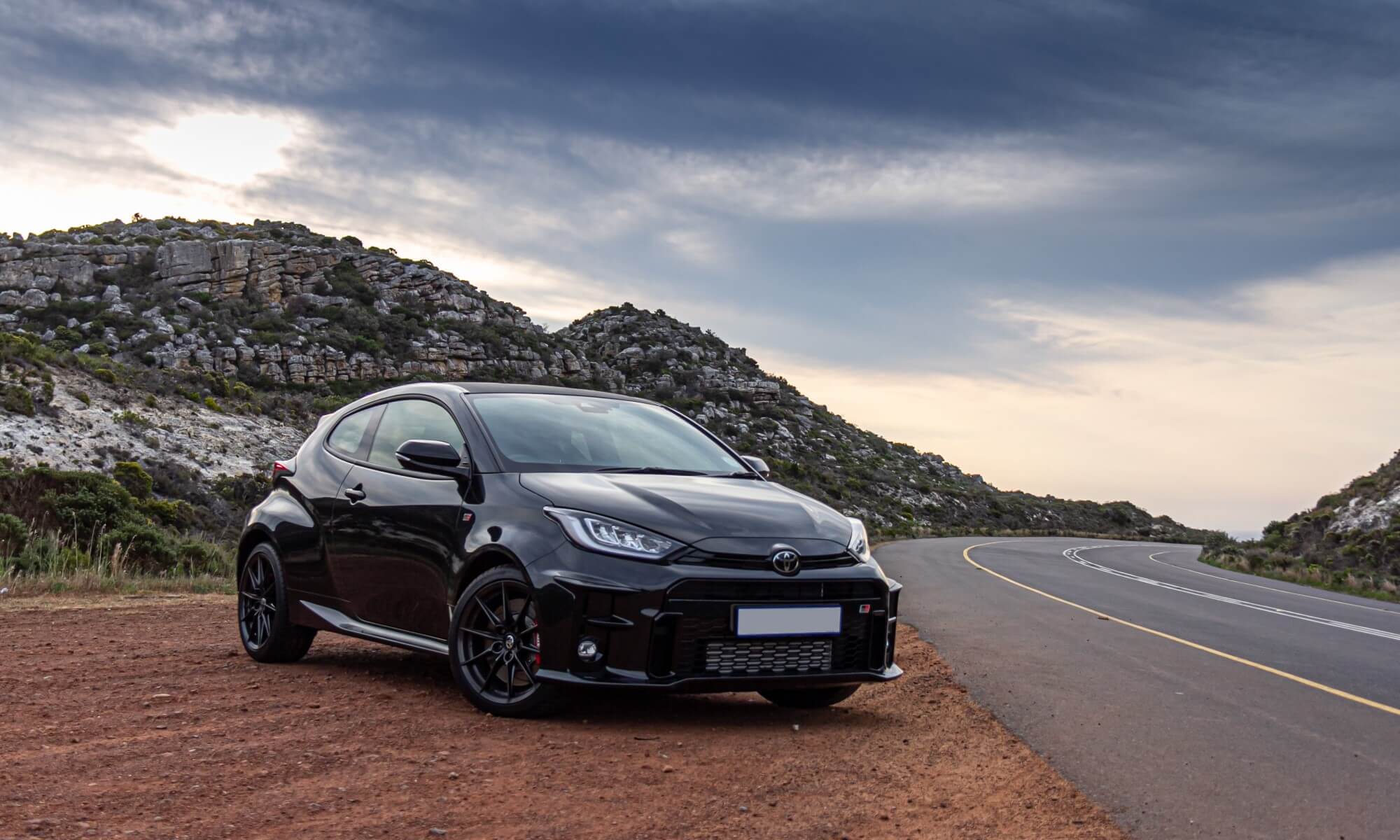
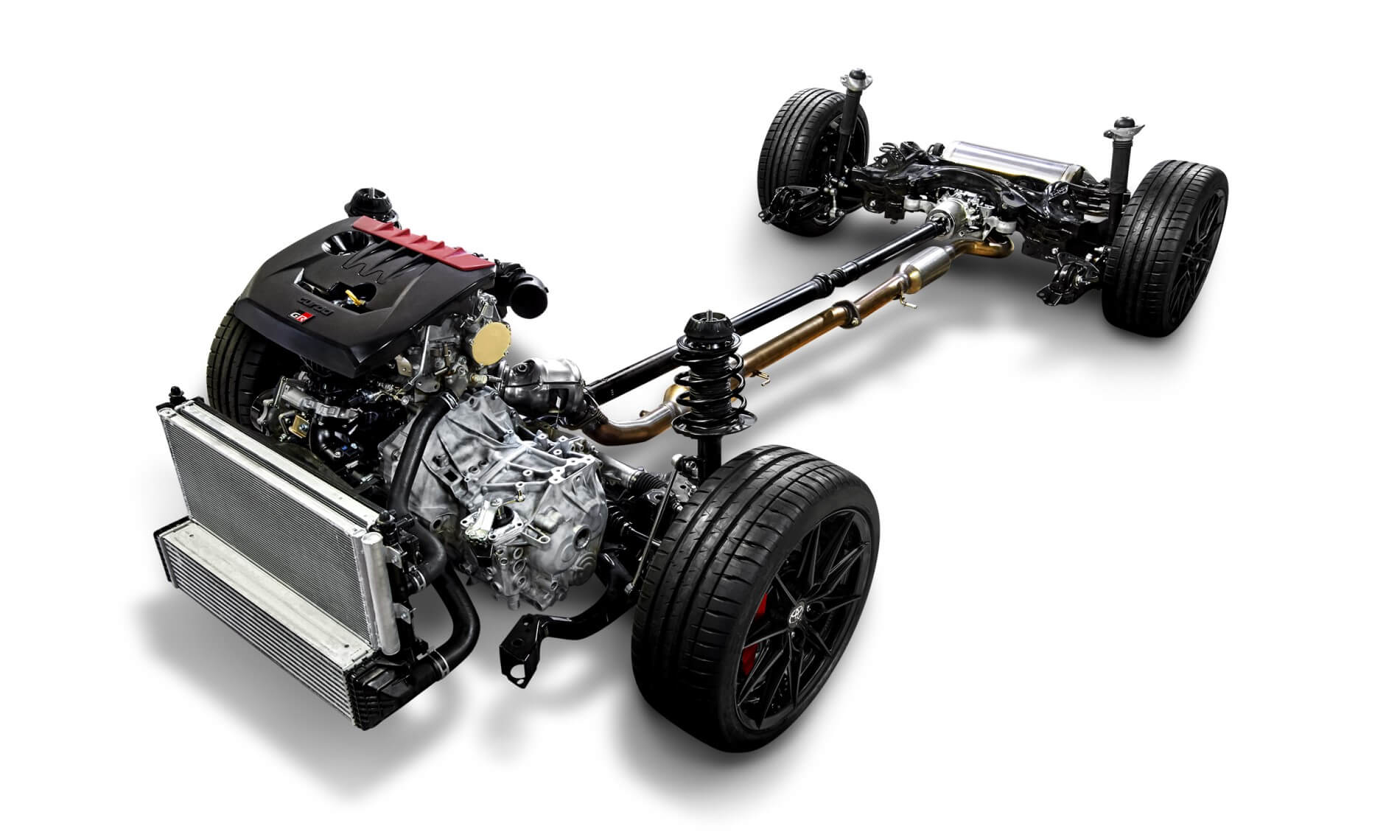


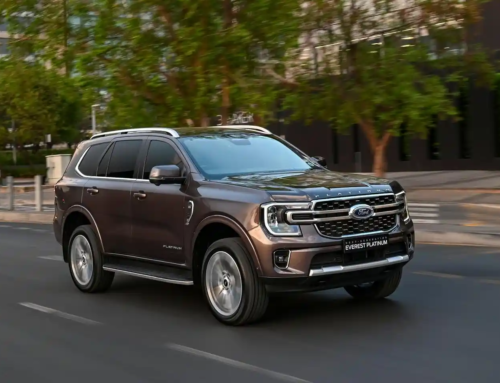

Leave A Comment